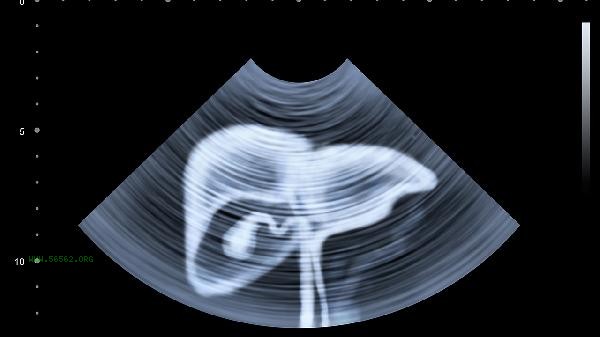Abdominal muscle strain can be accelerated through rest and cold compress, medication treatment, physical therapy, rehabilitation training, surgical treatment, and other methods. Abdominal muscle strain is usually caused by excessive exercise, external impact, muscle fatigue, insufficient warm-up, incorrect movements, and other reasons.

1. Rest and apply cold compress
During the acute phase, immediately stop activity and apply cold compress to the affected area with an ice pack for 15 minutes each time, with a 2-hour interval between repetitions. Cold compress can reduce local bleeding and swelling, and relieve pain. Later on, hot compress can be used to promote blood circulation.
2. Drug therapy
Non steroidal anti-inflammatory drugs such as ibuprofen sustained-release capsules and diclofenac sodium sustained-release tablets can be used under the guidance of a doctor to alleviate pain and inflammation. Severe pain can be treated with painkillers such as tramadol hydrochloride tablets according to medical advice. Flurbiprofen gel plaster can be selected as topical drug.
3. Physical therapy
During the recovery period, physical therapies such as ultrasound therapy and infrared radiation can be used to help eliminate inflammation and promote tissue repair. Professional rehabilitation institutions can also provide electrical stimulation therapy to accelerate muscle function recovery.

4. Rehabilitation Training
After the pain is relieved, progressive rehabilitation training begins, starting with abdominal breathing exercises, gradually transitioning to static abdominal muscle contractions, and finally adding dynamic training such as supine leg lifting. The training intensity needs to be adjusted according to the recovery situation.
5. Surgical treatment
When severe muscle rupture or conservative treatment is ineffective, surgical suturing is required. After surgery, it is necessary to fix for 4-6 weeks and cooperate with a professional rehabilitation plan to restore muscle function. The surgical methods include open suturing and minimally invasive suturing. During the recovery period of abdominal muscle strain, it is important to maintain sufficient protein intake and eat high-quality protein foods such as eggs and fish to help with muscle repair. Avoid spicy and irritating foods. Rehabilitation training should be gradual and not rushed. During sleep, a soft pillow can be placed at the waist to reduce abdominal pressure. Do not engage in strenuous exercise or heavy physical labor until fully recovered to prevent secondary injuries. If the pain continues to worsen or symptoms such as fever appear, timely follow-up should be sought.









Comments (0)
Leave a Comment
No comments yet
Be the first to share your thoughts!